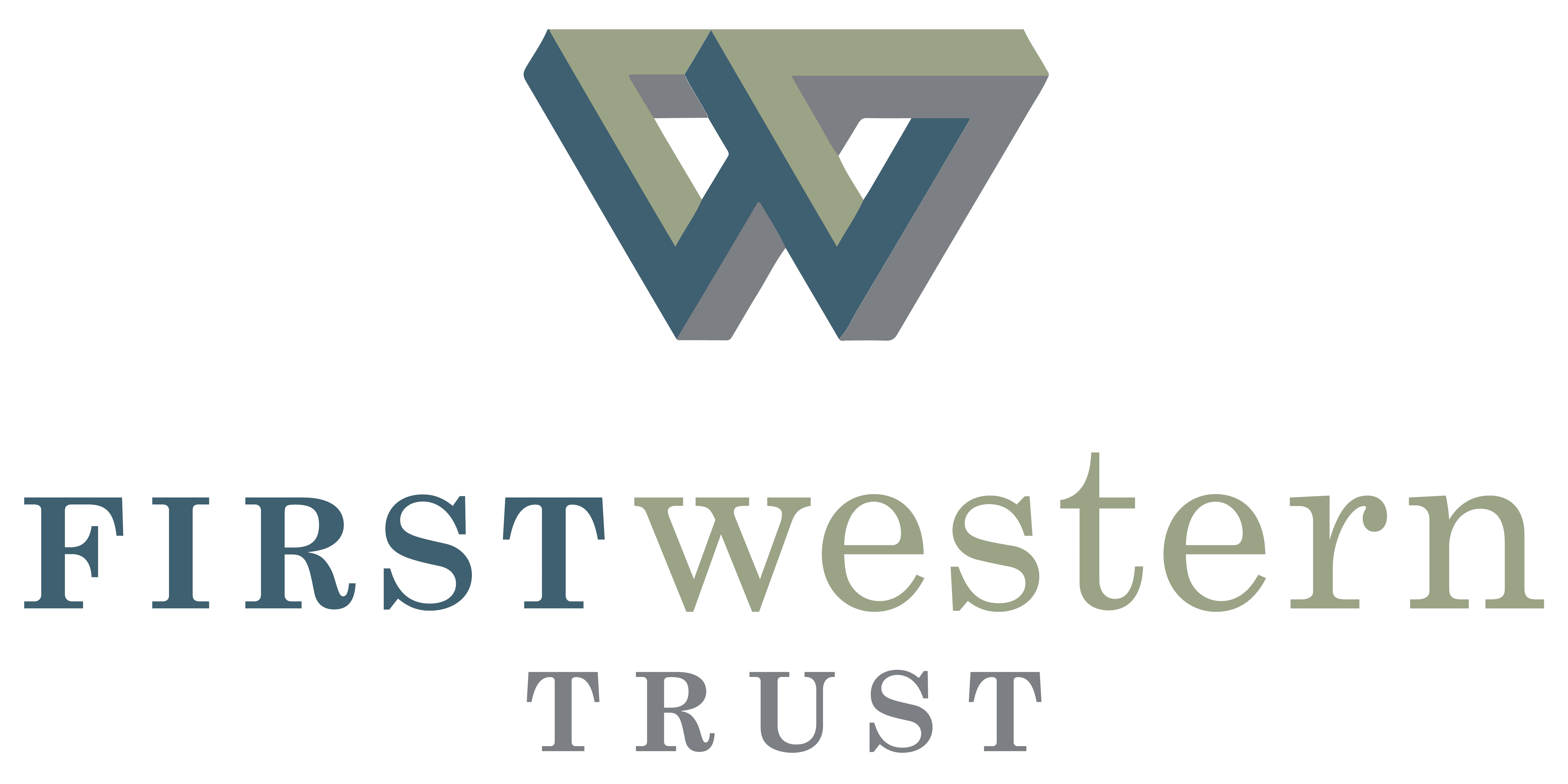
Week in Review: June 24, 2022
June 27, 2022
Recap & Commentary
Following its worst week since March 2020, the S&P 500 enjoyed its best week since May 2020, recovering all of the prior week’s losses. Bond markets also enjoyed positive returns as yields fell on growing concerns of recession, lowering the 10-Year Treasury yield from 3.23% to 3.14% over the course of the week.
As has been the case for some time, investors remain focused on inflation, the Federal Reserve, and increasingly, a possible recession. However, the potential path for all three remains unclear, and will take time to unfold, leaving investors in a holding pattern.
Speaking before Congress, Fed Chair Jay Powell reiterated that the Fed is focused on gaining the upper hand on inflation saying, “We really have to get inflation down to 2%.” Doing so while avoiding a recession, a so-called “soft landing”, will be difficult, with Powell noting that “Recession is certainly a possibility” and that global events in recent months will make a soft landing “harder”. As we have previously noted, with talk of recession increasing, it is important to remember that the economy is not the market, and vice versa. Thus, given the forward-looking nature of markets, it is not uncommon for them to bottom and begin to recover ahead of actual economic activity.
Putting the current bear market in context, at nearly five and a half months, it has now lasted longer than six other bear markets over the past 40 years, according to LPL Financial. In fact, only two have lasted longer, the 2000-2002 tech bubble and the 2008-2009 Great Financial Crisis.
Economic Commentary
Housing data improved some in May, with both new and existing home sales exceeding expectations. Nonetheless, existing home sales fell for the fourth consecutive month to their lowest level since June 2020. Compared to a year ago, existing home sales declined 8.6%. Prices, however, continued their upward climb with the median price reaching a new record high of $407,600.
New home sales rebounded in May, rising 10.7% from April, defying expectations for a decline. The surge may have been the result of buyers rushing to lock in rates, ahead of the possibility of further increases. Many economists expect housing activity to slow in the coming months, weighed down by mortgage rates which have climbed to their highest level since 2008.
Consumer sentiment fell to its lowest level on record, as consumers fret about both current and future economic conditions. Given the consumer’s importance to overall economic activity, the data reinforced concerns about the possibility of a recession. One bright spot was a slight decline in consumers’ 1- and 5-year inflation outlooks which declined 0.1% and 0.2%, respectively, to 5.3% and 3.1%.
According to industry group Markit, activity in both the manufacturing and services sectors decelerated in May, edging closer to the breakeven level between growth and contraction. European data revealed a similar slowing.
Of Note
In a sign that higher prices may be affecting consumer spending, gasoline demand during the week fell 3.2% compared to a year ago. Over the same time span, the average price for a gallon of gas increased 59%, from $3.09 to $4.90.
| S&P 500 | 6.5% |
| Small Caps | 6.0% |
| Intl. Developed | 2.8% |
| Intl. Emerging | 0.7% |
| Commodities | -4.3% |
| U.S. Bond Market | 0.6% |
| 10-Year Treas. Yield | 3.14% |
| U.S. Dollar | -0.6% |
| WTI Oil ($/bl) | $107 |
| Gold ($/oz) | $1,828 |
The Week Ahead
- PCE Inflation
- ISM Manufacturing
- Personal Spending & Income
- Pending Home Sales
- Durable Goods Orders
- Consumer Confidence
- Weekly Jobless Claims
Newsletter Sign Up
Insights
Maximizing Your Stock Options: A Guide to RSUs, ESPPs, and Equity Compensation
As a high-earning individual or executive, a significant portion of your compensation is likely tied to equity—whether through stock options, […]
Learn more

Week in Review: October 18, 2024
Recap & Commentary Markets ended the week modestly higher, with the S&P 500 notching its 6th consecutive weekly gain, the […]
Learn more

Week in Review: October 11, 2024
Recap & Commentary Markets ended the week with the S&P 500 at a new record high while notching its fifth […]
Learn more

Building Financial Resilience: The Role of Commercial Lending in Managing Business Cash Flow
Effective cash flow management is essential for the success of any business to cover operational expenses, navigate seasonal fluctuations, and […]
Learn more

October 2024 Market Commentary
In a scene reminiscent of the start of August, markets stumbled again to begin September, as disappointing manufacturing and labor […]
Learn more










